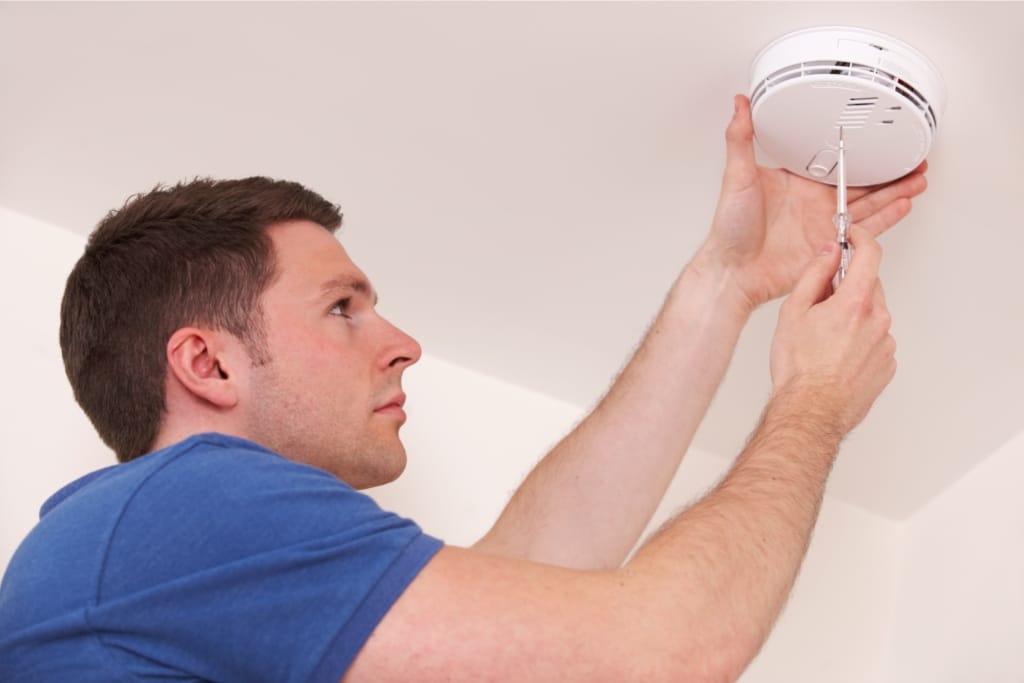Carbon monoxide is a colorless, odorless gas that can be deadly if it builds up to high concentrations in an enclosed area.
It is important for every household to have one or more carbon monoxide detectors installed and regularly maintained in order to detect any sudden increases in carbon monoxide levels.
There are two main types of carbon monoxide detectors available on the market today: battery-operated and hardwired detectors.
Let's explore the differences between them.
1)) Battery-Operated Detector
The most common type of carbon monoxide detector is battery-operated.
This type of detector typically has a digital display and will alert you if there are any dangerous levels of carbon monoxide present in your home.
Most battery-operated detectors run on standard AA batteries, which need to be changed once a year or when they start to weaken (about every six months).
It's important to change the batteries regularly because if they die, the detector won't work properly and won't be able to detect any increases in CO levels.
2)) Hardwired Detector
Hardwired detectors are wired directly into your home’s electrical system and require a professional electrician to install them properly.
Unlike battery-operated detectors, these detectors don’t require regular battery changes—just an occasional checkup by an electrician to make sure everything is working correctly.
Hardwired detectors are also designed with more advanced features than their battery-powered counterparts, such as alarms that sound when dangerous CO levels are detected, as well as built-in sirens and lights that indicate when something is wrong.
Conclusion
Carbon monoxide is a silent killer, so it’s incredibly important for every household to have at least one carbon monoxide detector installed and maintained regularly in order to ensure safety against this deadly gas.
While there are two main types of CO detectors available—battery-operated and hardwired—both can provide peace of mind by helping you detect any potential increases in CO levels before they become dangerous.
No matter which types you choose, make sure you follow all instructions carefully so that your family remains safe from the risks posed by carbon monoxide poisoning!
Download Our Free E-book!








